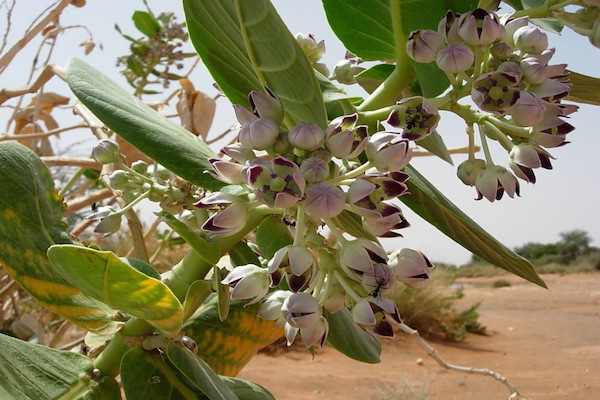Biochemical effects of Calotropis procera on hepatotoxicity
Abstract
Introduction: Calotropis procera commonly known as 'Sodom apple' is a 6-meter high shrub that belongs to the Aclepiadaceae plant family and is commonly found in West Africa and other tropical places. In Saudi Arabia the plant is commonly used in traditional medicine for the treatment of variety of diseases including fever, constipation, muscular spasm and joint pain.
Aim: In the present study C. procera were investigated for the hepatoprotective activity.
Material and Methods: Carbon tetrachloride is used to produce hepatotoxicity. Forty two male albino rats, weighting 150-200 gm divided into seven groups, each consisted of 6 rats. Carbon tetrachloride 2ml/kg was administered twice a week to all of the groups of animals except group I, which served as control and given the normal saline. Group II served as Carbon tetrachloirde control. Group III received Silymarin at 100 mg/kg/day dose, Group IV received aqueous leaves extracts C. procera 200mg/kg, Group V received chloroform leaves extracts C. procera 200mg/kg, Group VI received ethanol leaves extracts C. procera 200 mg/kg, Group VII received latex of C. procera 200mg/kg. The effect of aqueous, chloroform, ethanol leaves extract and latex C. procera on biochemical parameters of liver was measured.
Results: The results showed that the aqueous, chloroform, ethanol leaves extract and latex C. procera produced significant decrease in Acid phosphatase, Alkaline phosphatase, Aspartate aminotransferase, Alanine aminotransferase, Total protein, Albumin and total bilirubin levels compared to the CCL4 treated group II.
Conclusion: Calotropis procera appears to to have hepatoprotective activity and these may be due to enrich of the plant by phytoconstituents that activate and in hence a pharmacological response of different parts of the body and this study need further studies to shows the complete properties of the plant.

Downloads
Published
Issue
Section
License
Copyright The Author(s) 2017. This article is published with open access by BioMedPress. This article is distributed under the terms of the Creative Commons Attribution License (CC-BY 4.0) which permits any use, distribution, and reproduction in any medium, provided the original author(s) and the source are credited.
